Arm at 30: 10 Devices That Defined Our History
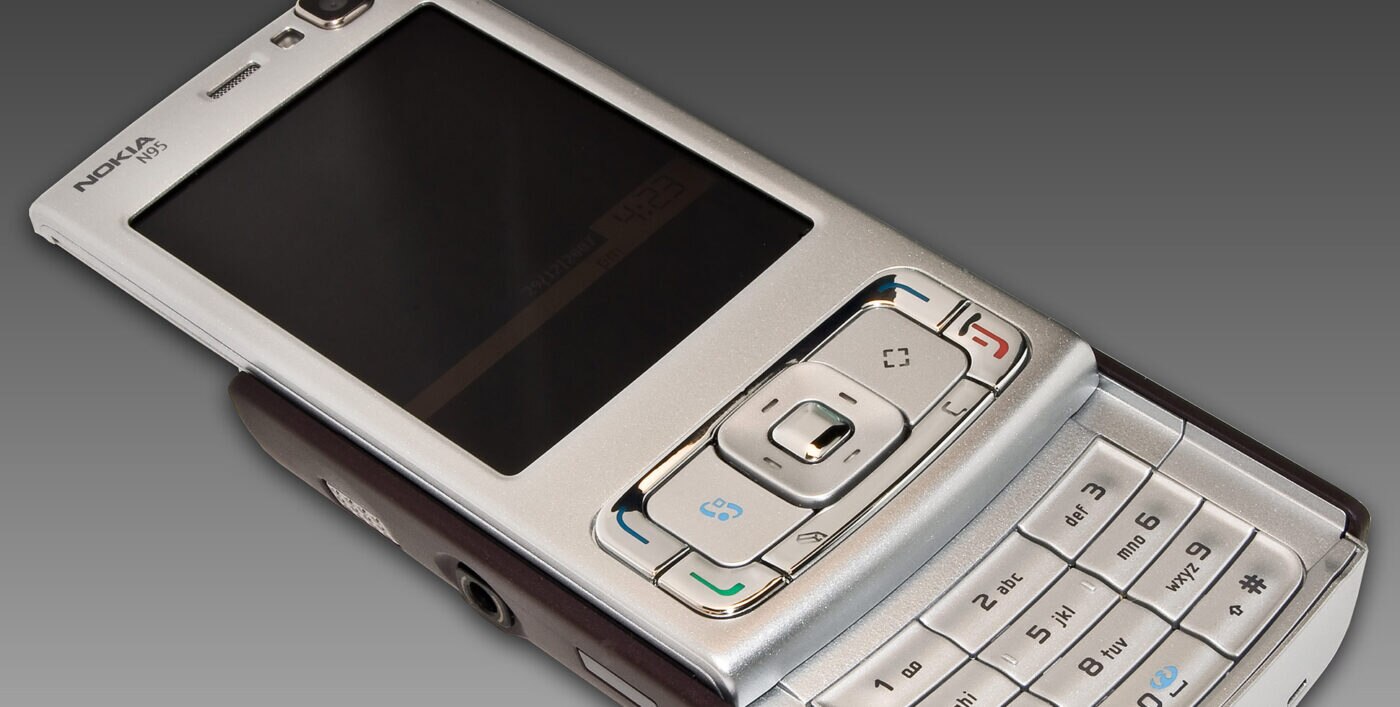
Thirty years ago today in a barn just outside Cambridge, England, a new startup was founded. Back then, it was known as Advanced RISC Machines—now, we’re just Arm.
Our vision was the same back then as it is today: enable compute wherever it’s needed. Achieving that vision has been a journey of relentless innovation and iteration, constantly pushing what is possible with current technology while exploring what comes next.
Yet when it comes to the milestones that made Arm what it is today, it is undeniably our partners and the incredible devices they have built using Arm technology over the years that define that journey. When we sat down to try to map out which devices to include in this roundup, it quickly became clear that we’d never have enough digital column inches to capture them all.
Here, then, are ten devices—but far from the only devices—that for us, demonstrate the breadth and importance of Arm-powered devices since our inception.
Newton (1993)
Arm originally began life as a processor design group inside Acorn, then Britain’s most successful PC venture. In the late 80s, Acorn made the decision to spin off Arm into a separate entity. The first project? The pioneering handheld the Newton, which ran on the Arm 610 RISC processor, chosen over others for its high performance/low power profile.
While Newton as a product line lasted only five years, it popularized the idea of intuitive interfaces (in the Newton’s case, handwriting.) In the process, Arm was also able to begin developing the IP business model that characterizes a large part of the semiconductor industry today.
The camera phone (1997-2000)
The claim to the first camera phone throne resembles the argument over who wrote Shakespeare’s plays: multiple candidates and no agreement. Was it the Samsung V200, released in June 2000 or the Sharp JS-04, which included capabilities to actually send photos taken by the camera but was only available in Japan? Or perhaps the Kyocera Visual Phone V-210, which was debuted in May 1999 and was originally billed as a “video mobile phone” rather than a phone with a digital camera?
Our view: the important thing is that these devices together led the phone to became the photographic medium of our time. Over 1.4 trillion images will be captured this year and 90% of those will be taken on smartphones. History moved to handhelds.
Nokia N95 (2006)
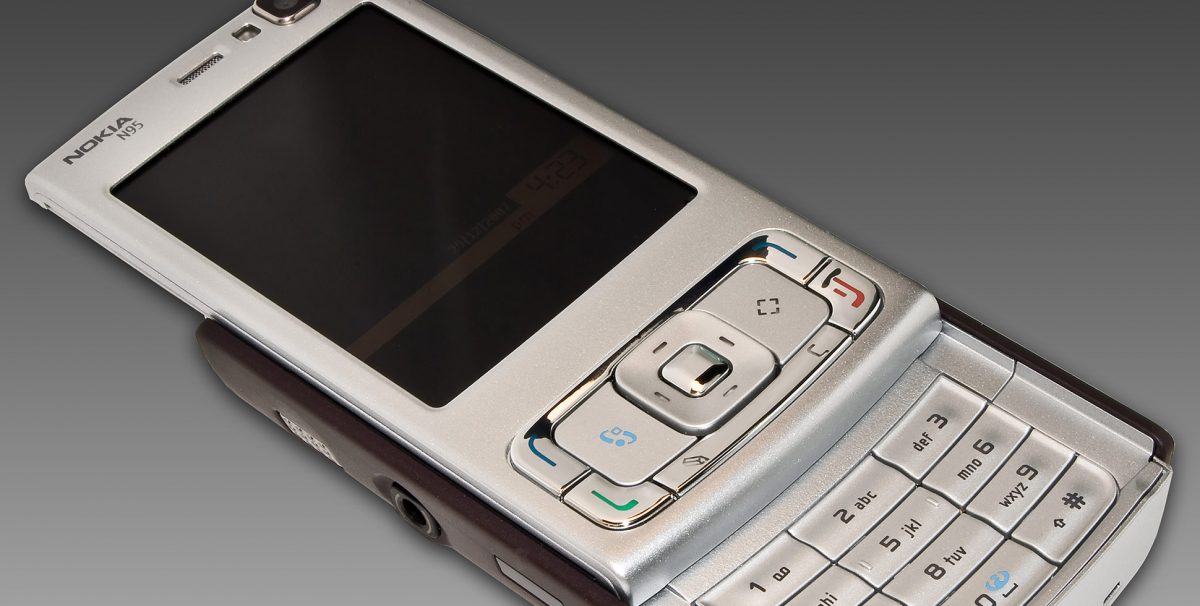
Arguably the first mass-market smartphone, the Nokia N95 brought many of the core applications and functions we now use daily together into a single device. Alongside an ‘almost’ full Internet browser, 5-megapixel camera and—uniquely—GPS, Nokia sold more than 7 million N95 devices.
With all the key elements in place, the stage was set for personal computing to become a mobile-first phenomenon. In 2016, smartphones passed PCs as the platform of choice for consumer Internet content. In 2017, they became the top platform for shopping. Mobile was the largest segment in gaming with 2.6 billion mobile gamers and $77 billion in revenue in 2020. 13 million of the world’s 24 million professional developers, around 54% of the total, are mobile developers.
Falanx Mali-200 (2007)
Falanx, a semiconductor spinout out of the Norwegian University of Science and Technology, first tried to produce GPUs for desktops. It struggled in a crowded field and pivoted to mobile. Arm purchased the company in 2006 and the Mali-200 was released in 2007.
That pivot became part of a movement toward more sophisticated, powerful and heterogenous architectures for mobile devices such as Arm’s big.LITTLE, SoC designs that combine GPUs and NPUs or the Arm Total Compute strategy. This focus on an organic portfolio, in turn, has amplified the applications and workloads that can be performed on small, energy-efficient devices. You can argue that shift from a CPU-centric to CPU-supported mindset, arguably, began here.
Calxeda EnergyCore (2011)
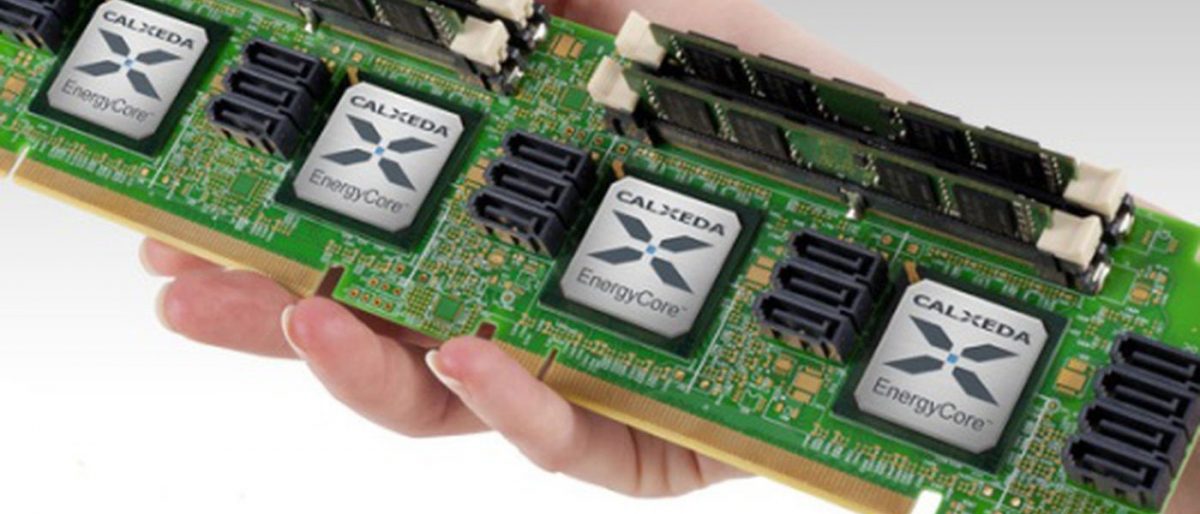
Data centers chronically are stuck in a race between workload and watts. Energy can consume 30 percent or more of the operating expenses of a data center and many cities have begun to place strict power consumption and emissions limits on service providers.
Calxeda, along with other startups like Tilera, believed the power/performance equation could be fundamentally changed for the better by running data centers on massive, multicore Arm processors. In March 2011, Calxeda announced a server developed based around 120 Arm processors.
Sadly, Calxeda didn’t make it as a company. Nonetheless, the ideas it championed caught on: In 2011, the same year EnergyCore debuted, Annapurna Labs was founded to create networking and other Arm-based processors. Amazon acquired it in 2015 and Annapurna technology became the core of AWS’s Graviton processors. Broadcom, Marvell, Ampere and others have similarly produced products based around achieving greater performance per watt. Expect to see significant changes in the world’s computing infrastructure over the next decade.
Windows RT (2012)
Okay, it’s an operating system (OS) for devices rather than a device itself, but Windows RT, Released at CES in 2011, was Microsoft’s first operating system for laptops powered by Arm processors. The goal was to create light laptops with all-day battery life and the same always-on connectivity features found in smartphones.
While RT never quite lived up to its promise the momentum for Arm-based laptops continued and with the release of Windows 10 for Arm devices, there are now a number of powerful Windows on Arm devices to choose from such as the Lenovo Yoga 5G and Microsoft Surface Pro X, all enabling all-day productivity.
Raspberry Pi (2012)
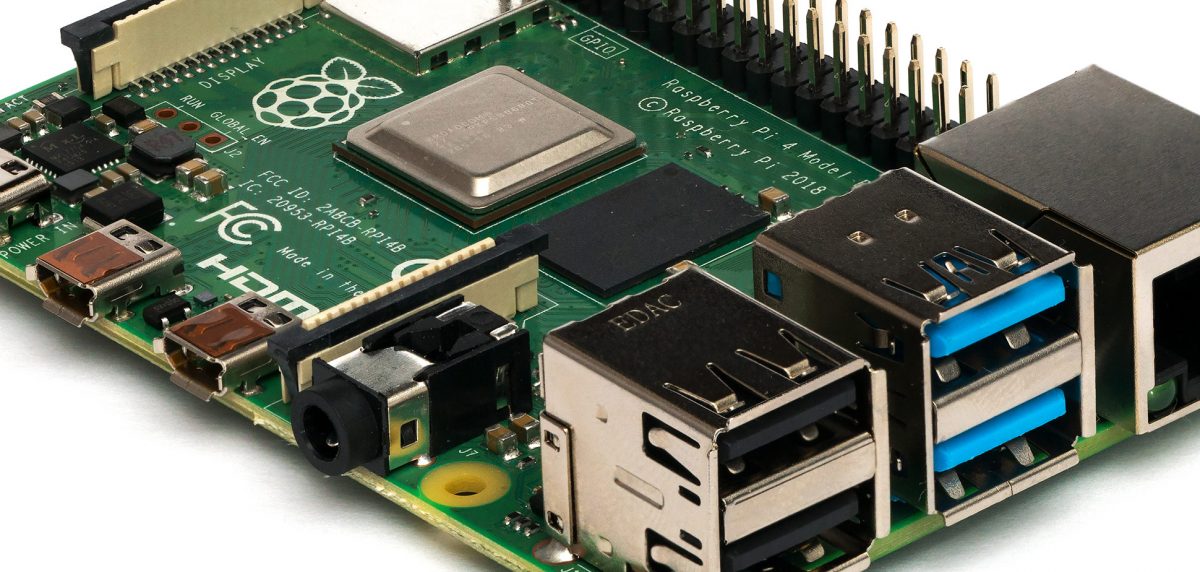
The Raspberry Pi DIY platform gave many hardware designers, software developers and hobbyists a tangible idea of the possibilities of the Internet of Things (IoT) and in the process helped transform it from an interesting idea to a full-fledged market. The Raspberry PI foundation had shipped 30 million units by the end of 2019 and sales have since grown during the COVID-19 pandemic.
The platform has also inched its way into the arguably more challenging industrial IoT market—not bad for a product that was only initially expected to sell 10,000 units.
Google Glass (2013)
As the first mainstream AR device to blend digital experiences with reality, Google Glass device ignited imaginations the world over into what might be possible if we could project information directly into our eyelines.
Like Windows RT, Google Glass was a little too ahead of the curve—but while the consumer-focused Explorer Edition programme ended in 2015, Google Glass Enterprise Edition 2 was released this year as a platform for developers and business applications, based on the Qualcomm Snapdragon XR1 chipset.
Amazon Echo (2014)
Voice and speech recognition struggled for decades to gain a permanent foothold in the mainstream. Amazon finally succeeded by combining artificial intelligence (AI) with voice and incorporating the application into its Echo line of devices that almost anyone could operate.
While Alexa now shares her stage with a number of other capable virtual assistants, Alexa was arguably the first widespread “visible” use of AI for consumers, and a key turning point in the public image of AI moving from dystopian sci-fi to turning on the light or playing your favorite songs when asked.
RIKEN Fugaku (2020)
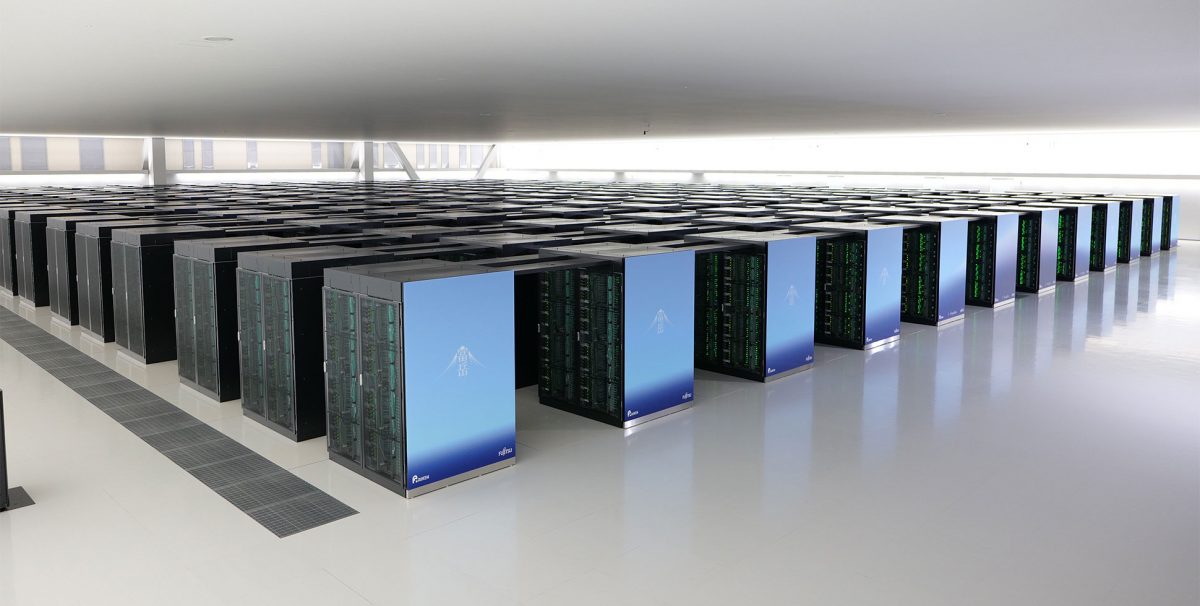
Fugaku, the Arm-based system jointly developed by RIKEN and Fujitsu, became the world’s most powerful supercomputer in 2020. Containing nearly 7.3 million Arm cores, Fugaku delivers 415.5 petaflops on the double-precision Linpack benchmark, 2.8 times more sustained performance over the second most powerful system on the Top 500 list and has been enlisted to work on five separate COVID-19 research projects.
ETRI (a national research center for the Republic of Korea), SiPearl (part of the European Processor Initiative) Sandia National Laboratories and others are similarly building high-performance computing systems around Arm technology. Why? Performance demands are rising, power concerns are growing, and the ecosystem approach is accelerating innovation. Some of these organizations are developing their own processors while others are experimenting with existing chips such as the Fujitsu A64FX used in Fugaku.
Could your device make the next list?
As you’ll see from the above, Arm technology scales from the tiniest of sensors to the largest of data centers, providing power-efficient intelligence upon which transformative applications and business models are built. Discover more about Arm solutions and get started on your journey to market.
Any re-use permitted for informational and non-commercial or personal use only.











